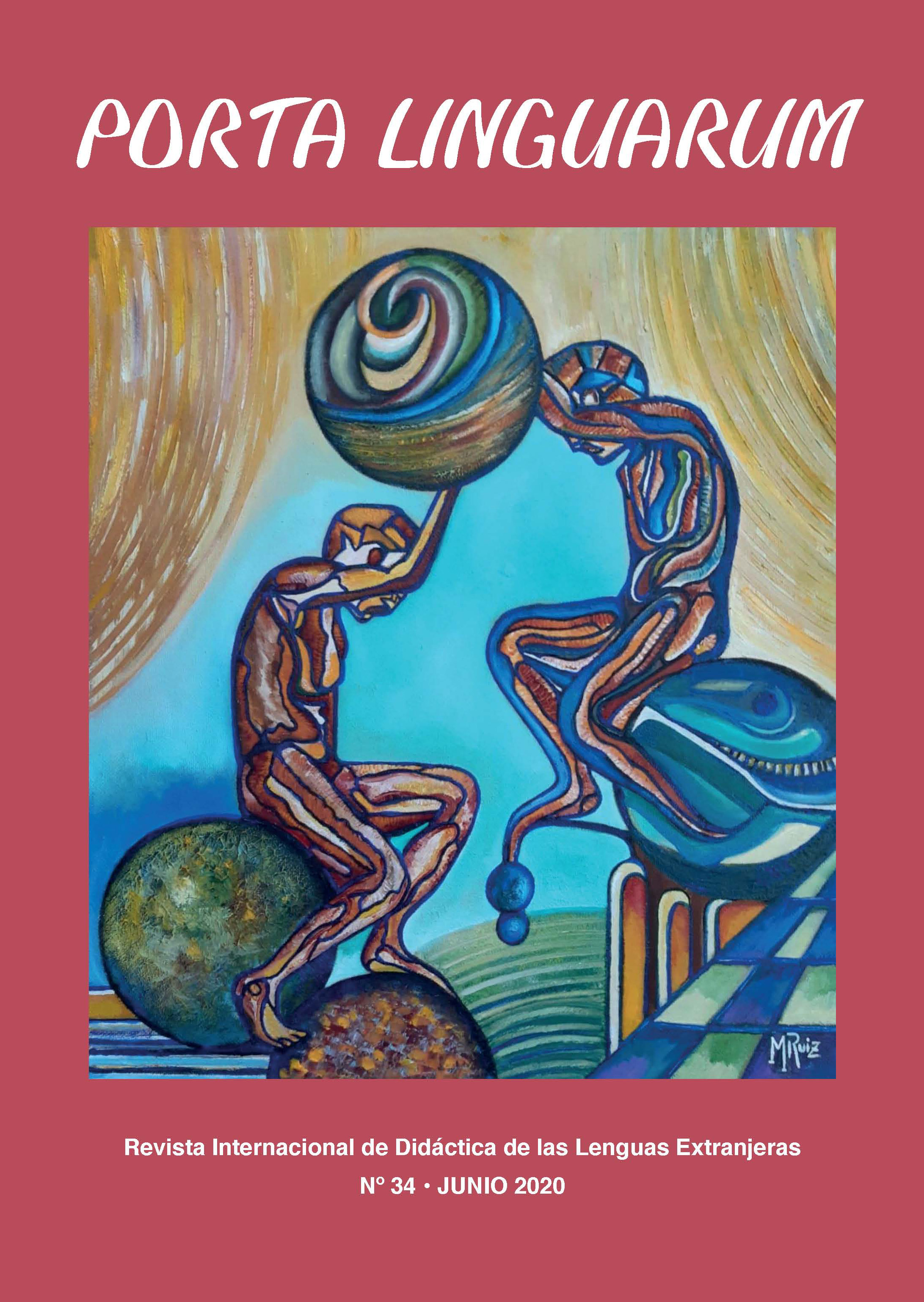Enfoque transnacional para la creación de un corpus literario en el aula ELE
DOI:
https://doi.org/10.30827/portalin.vi34.16732Keywords:
Transnational focus, literary education, Teaching Spanish as a second language, interculturalityAbstract
Cultural and linguistic diversity in the whole of the planet is nothing new. What it is relatively new is the diversity that is present in greatly reduced spaces, in each country, and in each classroom. Since linguistic and literary education should be linked, it is worthwhile to reassess concepts such as “national literatures” within the teaching of language and, more specifically, within second language or foreign language learning. The transnational focus of Ottmar Ette allows a trans-area-lidad, a supra-space that responds to today’s reality against the “attempts of imposing border logic onto communities” (Junot Díaz, 2019). In consequence, “literary translanguage is another example of vectoring the movement between languages, cultures and life knowledge that repeats through time” (Ette, 2019). It allows for approaching this issue through reflection/bibliographic revision, highlighting their ability to interconnect teaching/learning languages with the acknowledgement of these transarea spaces of fluid borders, able of also generating a “third space” from Moretti, Ette, and offer samples of a new canon of transborder works (e.g. Latin-American writers or writers of Latin-American origin that live in the USA). This new emerging corpus entails an attractive option both for its content as well as for the linguistic elements that appear in its texts and that are especially suggestive for the teaching of Spanish as a second language.



















